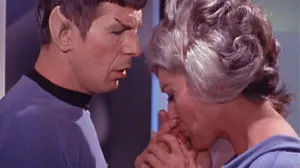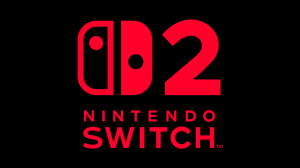Filmmaker Denis Villeneuve has said that Dune: Part Three will have a distinct identity separate from the last two movies, and it looks like he’s made one major aesthetic choice to distinguish it. A recent post by Kodak Motion Picture Film‘s official Instagram account indicated that the third Dune movie will be shot partially on film cameras, as opposed to the digital cameras used on the last two installments. This hasn’t been officially confirmed yet, but it comes amid other contradictory reports and clarifications about the way IMAX cameras will be used for this production. One way or another, we can be sure Arrakis will look even more stunning this time around.
Videos by ComicBook.com
Dune: Part Three began filming last month, and at the time, Imax CEO Rich Gelfond appeared on CNBC to tout the recent successes of his company. He mentioned that Villeneuve is “making the next Dune with Imax cameras. He’s filming the whole thing,” which turned out to be incorrect. Imax later issued a clarification saying that Gelfond had misspoken, and that Dune: Part Three will only use Imax cameras for specific shots, like most movies using this technology.
Just a few days later, the official Instagram account for Kodak Motion Picture Film posted a Story about Dune, apparently indicating that the movie will be shot using its products. The full post has expired, but posts on Reddit and a report by World of Reel even go so far as to share the exact formats in use here.
Another factor that makes this easy to believe is the change in cinematographer. The first two Dune movies featured cinematography by Greig Fraser, but he was unavailable for Part Three due to his prior commitment to The Batman: Part II. Cinematographer Linus Sandgren is stepping in for Dune: Part Three, and he has reportedly done all of his professional work on film rather than digital.
Shifting Approach to Dune
This will be an interesting change for the Dune franchise, but the approach to the first two movies is noteworthy on its own. In an interview on the Go Creative Show podcast, Fraser explained that the Dune movies were shot on digital cameras, then transferred onto 35-milimeter film, which was ultimately scanned back into a digital format.
“It was an involved process that hasn’t really happened before in commercial films,” Fraser said. “But it gave us the feeling we had been picturing a certain texture that’s painterly but feels timeless…The film has softened the edges of the digital. It gave us something that film acquisition couldn’t give us, and it gave us something that digital acquisition couldn’t give us.”
In some ways, it’s strange to imagine Villeneuve giving up this unique approach for his third Dune movie, but the director himself has said that this won’t be just another entry in a series. Last year, he told Variety that this “will not be the completion of a trilogy.” In his mind, the first two movies were “really a diptych. It was really a pair of movies that will be the adaptation of the first book. That’s done and that’s finished. If I do a third one, which is in the writing process, it’s not like a trilogy. It’s strange to say that, but if I go back there, it’s to do something that feels different and has its own identity.”
A new cinematographer and film format could be just the thing to give Dune: Part Three its own identity — along with the content of the story, of course. The movie is an adaptation of Frank Herbert’s second Dune novel, Dune Messiah. You can find all of Herbert’s books in print, digital, and audiobook formats now, while Villeneuve’s previous two Dune movies are streaming now on HBO Max. Dune: Part Three is scheduled to hit theaters on December 18, 2026.









